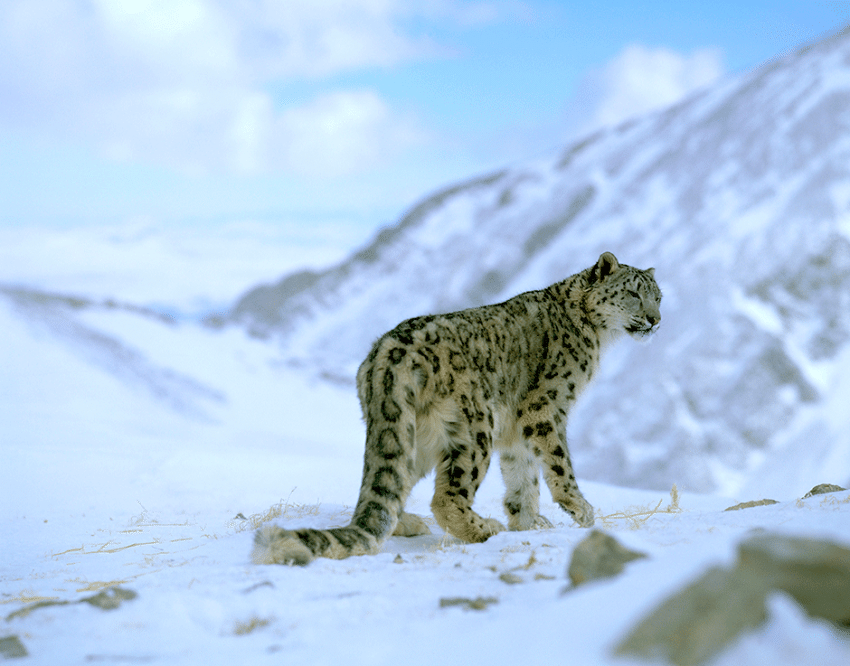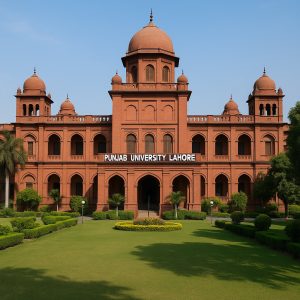LAHORE – Global Snow Leopard and Ecosystem Protection Program (GSLEP) would spend an amount of US$ 19.77 million on the protection of snow leopards in Pakistan under the Convention on Migratory Species (CMS) of Wild Animals. The foreign-funded project was approved by the Global Environment Facility (GEF). The six-year project would be completed by 2023.
According to GSLEP, an estimated 200-420 snow leopard exists in Pakistan across Khyber Pakhtunkhwa, Gilgit-Baltistan and Azad Jammu Kashmir. Pakistan’s snow leopard population represents the world’s third largest by size, highlighting the country’s importance for conserving the species worldwide.
Within Pakistan, the GB province contains the largest proportion (60%) of the country’s snow leopard population which is largely concentrated in the province’s two largest and adjoining national parks, Khunjerab National Park (KNP) and Central Karakoram National Park (CKNP).
To the north, KNP and CKNP border important snow leopard habitat in China, home to the largest population of the cats throughout its 12-country range. Given the large home ranges of individual cats-studies show that snow leopards can have a home range of up to 1,000 km2 and travel up to 200 km in a single foray — it is fair to assume that the Karakoram range in Pakistan helps form a large wildlife corridor important for the overall genetic flow between snow leopards in Pakistan, China, and India.
The total snow leopard habitat available in Pakistan is about 80,000 km2 and encompasses four high mountainous systems, namely the Hindu Kush, the Pamirs, the Karakorams, and the Himalayas. These majestic ranges are home to some of the world’s most fascinating and endangered wild species, including the markhor (Capra falconeri), Marco Polo sheep (Ovis ammon polii), musk deer (Moschus chrysogaster), Himalayan lynx (Lynx lynx), blue sheep (Pseudois nayaur), brown bear (Ursus arctos), Indian wolf (Canis lupus), Himalayan ibex (Capra sibirica), and the snow leopard, which is taken as an indicator of this mountainous ecosystem.














